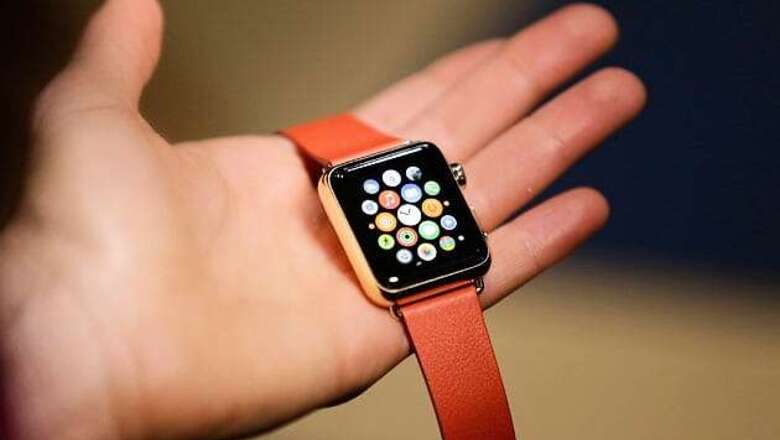
views
The world of wearable technology is an area of products, devices and services that is growing and evolving so quickly that by 2019, 214.6 million gadgets a year - from fitness trackers to headsets - will be shipping.
New research from IDC suggests that by the end of 2015 alone, 21.3 million smartwatches will have shipped, making up more than a quarter of the total 80 million wearables - from fitness trackers and beyond - expected to have been snapped up over the course of this year.
The research consultancy and analytics firm may be very optimistic about the sector, but the wearables market has already had one or two false starts.
Only two years ago, Google Glass was being held up as the future of everything from computing and communication to working in an office environment. Over the same period, Samsung launched not one, but six different connected timepieces in the hopes of breaking into the market at the earliest possible point.
Nevertheless, IDC forecasts that this time growth and interest are in sync and that evolution of products, devices and services will happen at a pace with consumer and enterprise trends.
"The most common type of wearables today are fairly basic, like fitness trackers, but over the next few years we expect a proliferation of form factors and device types," said Jitesh Ubrani, Senior Research Analyst for IDC Mobile Device Trackers. "Smarter clothing, eyewear, and even hearables (ear-worn devices) are all in their early stages of mass adoption."
Devices that are great at tracking health, fitness and activity have helped shape the wearables market and, alongside the launch of the Apple Watch, have now offered the platform on which smartwatches can drum up excitement and desire among consumers.
IDC forecasts that 32.3 million smartwatches will ship over 2016 and that by the end of the decade, demand will have hit 88.3 million devices a year. "In a short amount of time, smartwatches have evolved from being extensions of the smartphone to wearable computers capable of communications, notifications, applications, and numerous other functionalities," noted Ramon Llamas, Research Manager for IDC's Wearables team. "The smartwatch we have today will look nothing like the smartwatch we will see in the future. Cellular connectivity, health sensors, not to mention the explosive third-party application market all stand to change the game and will raise both the appeal and value of the market going forward."

















Comments
0 comment